Last updated on December 16th, 2022 at 03:35 am
The Apache is a group of Native American tribes with similar cultures and languages. Tribes such as the Jicarilla, Chiricahua, Mescalero, Lipan, Trementina, Conejero, Limita, and Kiowa are part of the Apache people.
The word “Apache” came from the Zuni language, meaning “enemy.” Apache Indians referred to themselves as the “nde,” “inde,” or “ndee” peoples.
These names are all a variation of the phrase “The People,” which is how these tribes referred to their collective people group.
Many of the Apache people today now refer to themselves as Apaches, usually attaching their specific tribe’s name in front of the term if it’s known, such as Mescalero Apache or White Mountain.
Where the Apache Lived
Although many Apache people are thought to have originated from western Canada, they are best known for settling in what is now the American Southwest.
Their territory was large, stretching from Sonora and Chihuahua states in Mexico to Northern Colorado and western Arizona to central Texas.
Today, many of the remaining Apache Indians live in 5 different reservations in the Southwestern United States.
These are the White Mountain Apache reservation, San Carlos Apache reservation, Tonto Apache reservation in Arizona, and Mescalero Apache reservation and Jicarilla Apache reservation in New Mexico.
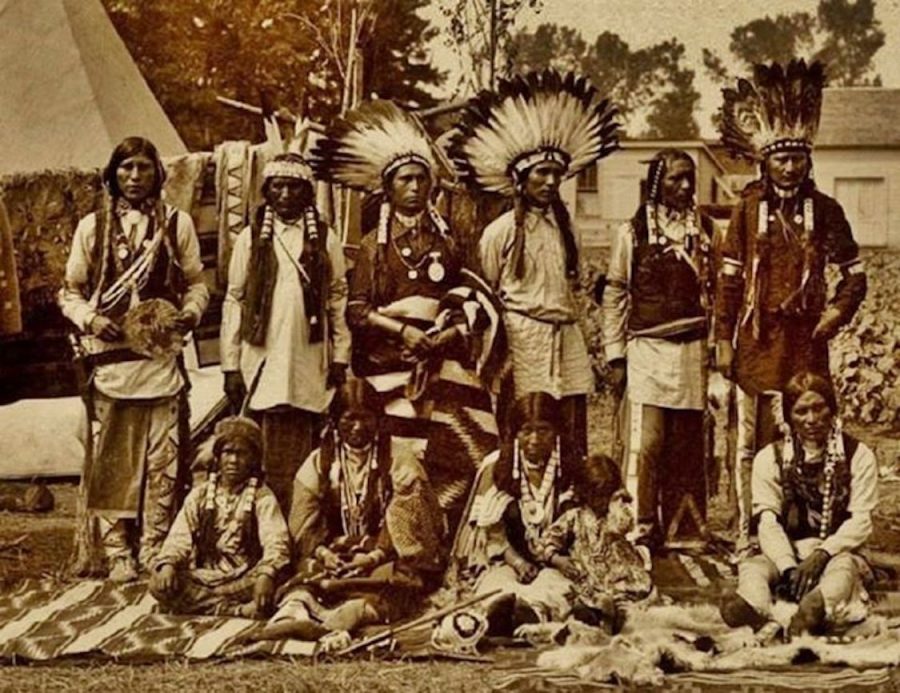
The lifestyle of the Apache
In their prime, the Apache people were mainly farmers, hunters, and semi-permanent settlers living off the land.
They were known to farm the corn, beans, and squash seasonally, but they also supplemented this with meat from hunting and mescal, fruits, nuts, and berries from foraging.
Buffalo hunting was common among the Apache Indian tribes, often trading meat and hides for farm produce and other goods.
Although the Apache warriors are often remembered the most, the Apache people were mostly peaceful until tensions with settlers escalated during the 1800s.
They had established trade networks with neighboring tribes and had a thriving, familial society that valued hard work, good manners and caring for the community.
The Apache people had a strong military presence that helped them maintain the peace, keeping Spanish, Mexican, and Pueblo invaders at bay and protecting their territory.
As encounters with American, Mexican, and Spanish settlers became more frequent, many Apache tribes became nomadic, living off the land and relying more heavily on buffalo and deer. They would eat primarily buffalo meat and use buffalo hides for clothing and tents.
Apache people were some of the first Native Americans who learned to ride horses, acquiring Spanish horses from trading with the Pueblo people in the 1600s.
They utilized them for hunting, traveling, and carrying loads. Apache Indians were very skilled riders, with children as young as 5 beginning to learn how to ride.
While these skills helped outride the Spanish in combat, the main use for horses was hunting buffalo. Riding on horseback allowed hunters to kill buffalo more effectively without putting themselves in as much danger.
Famous Apache
During the 1800s, many notable Apache leaders rose up and made their mark on history. These are some famous Apache men and women from the past.
Mangas Coloradas
Coloradas was a Chief from the Chiricahua Apache tribe. He is best known for being an intelligent, strategic leader who united many Apache tribes together to defend against American invasion forces.
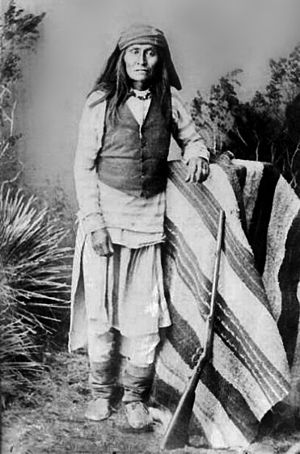
Coloradas and his soldiers fought mainly in New Mexico, driving away American settlers and fighting against the U.S. government until 1863 when the Americans captured him at a meeting that was purported to be a peaceful meeting of truce. He was later executed, stirring up an even stronger resistance from the Apache, who were angered at the betrayal of trust.
Cochise
Cochise became the Chiricahua Apache Chief after Coloradas’ death. He was one of the most formidable Chiefs, preventing Mexicans and Americans from pushing the Apache from their lands.
Although Cochise was a famously strong warrior, he is also known for leading the Apache into peace whenever possible.
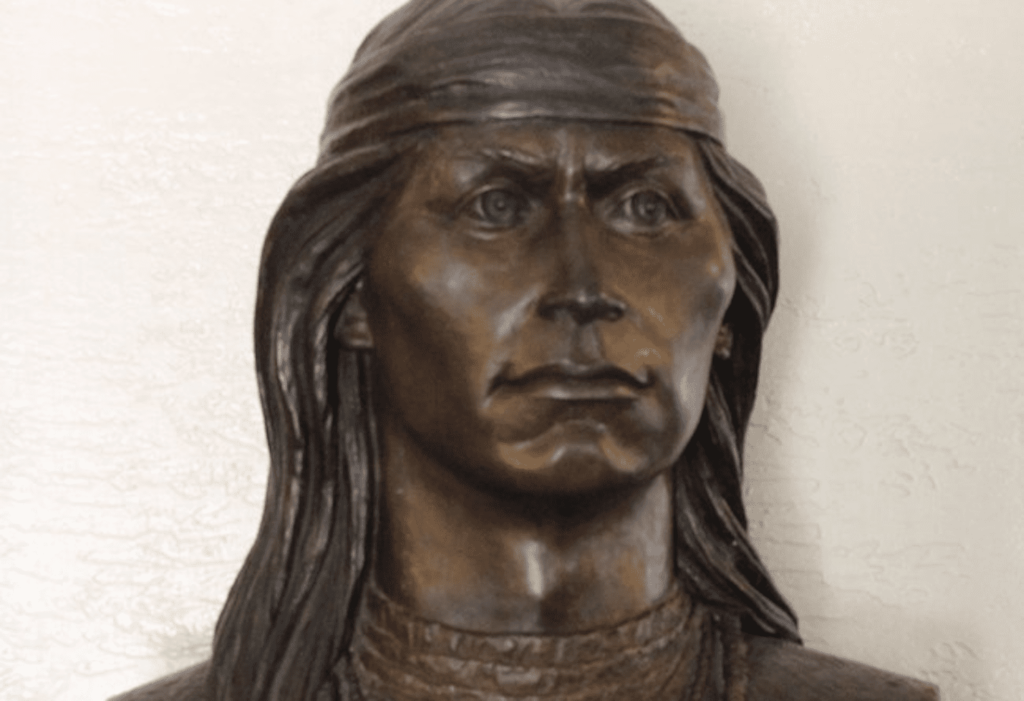
Once peace proved to be impossible, Cochise led a resistance against the Americans for more than nine years.
Finally, in 1872, he negotiated a peace treaty that allowed him and his tribespeople to remain on their land rather than be forced to move to a different reserve.
After this peace was brokered, Cochise retired from leadership and lived a quiet life until he died in 1874.
Geronimo
Geronimo is one of the most famous Apache warriors, known for his wisdom and his relentlessness in protecting his people.
A member of the Chiricahua Apache, Geronimo was feared by both Mexicans and Americans because he was determined to fight invading forces even when the odds were stacked against him.
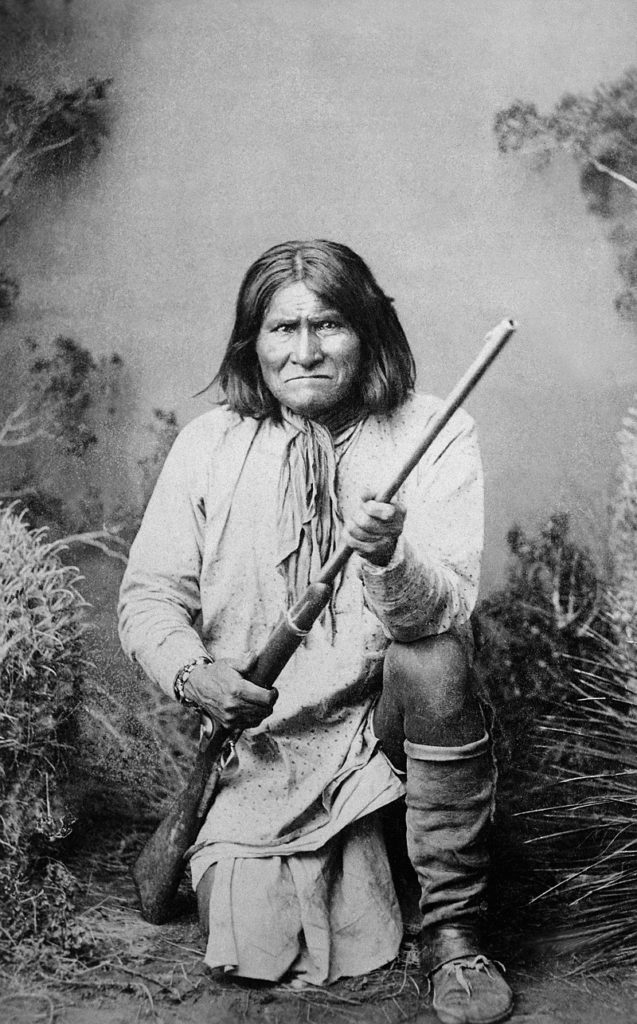
He became a legend in Apache tales because of his bravery and ability to escape captivity for decades. However, it wasn’t until 1886 that he finally surrendered after nearly 30 years of fighting to protect his homeland.
Geronimo was known to have fought beside Cochise, but he did not agree to the peace treaty Cochise brokered and continued to fight with his men.
Victorio
As Chief of the Chihenne band of Chiricahua Apache Indians, Victorio was known to be a brilliant military strategist and tactician.
American generals who faced him in battle held high regard for his ability to lead his men and overcome impossible odds. He fought alongside many of the other legendary Apache leaders while they were alive but eventually surrendered in 1869 and agreed to live on a reservation.
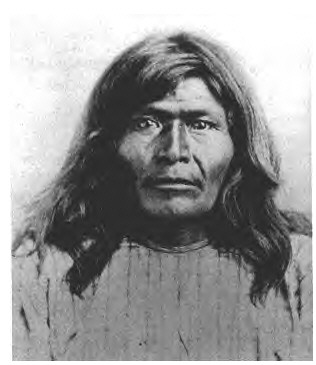
This only lasted until 1877, when after years of terrible treatment and constant relocation to different reservations, Victorio and around 300 other Apache escaped to become a nomadic people again, raiding Mexican and American settlements for supplies.
After three years on the run, the Mexican army eventually overcame Victorio’s band in 1880.
Lozen
Given the nickname the Apache Joan of Arc, Lozen was a strong, fearless Apache warrior woman as well as a shaman.
She was the younger sister of Chief Victorio and fought alongside him and others for more than 30 years of her life. Like her brother, Lozen was also a gifted tactician. She had an uncanny ability to predict her enemies’ next move, praying to the deity Ussen for assistance in combat and strategy.
Lozen continued fighting against the U.S Government until she surrendered with Geronimo’s band of Apache warriors in 1885. She died in 1887 while imprisoned.

